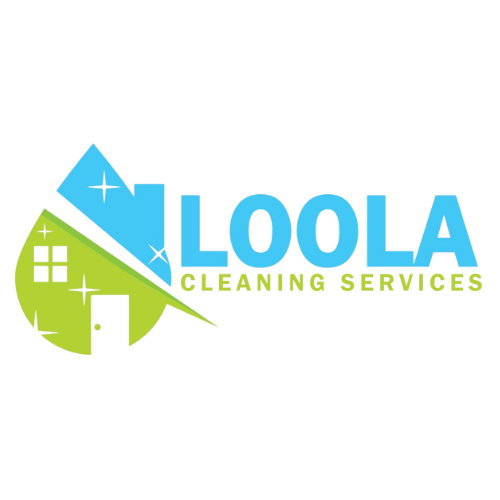How to Address a Clogged Toilet
Understanding the inner workings of a toilet is crucial when dealing with a clog. Before resorting to plunging, evaluate the situation to ensure a proper approach.
Immediate Precautions:
To prevent overflow, either lift the toilet tank lid and close the flapper or turn off the water supply at the shut-off valve.
Place towels or newspapers around the toilet to contain any potential splashing.
If the obstruction is tangible, such as a toy or hand towel, attempt to manually remove it, wearing rubber gloves for hygiene.
Dealing with Partial Clogs:
If there's a faint obstruction, it might clear on its own, but it's advisable to address it promptly to avoid more severe issues later.
Plunging Techniques:
Use a heavy-duty plunger with a ball-shaped head or rubber flanges for optimal effectiveness.
Ensure enough water in the bowl to submerge the plunger head.
Create a seal and vigorously plunge up and down, maintaining the plunger underwater.
Be patient and repeat if necessary, checking for clearance after each attempt.
Clean the plunger before storing it, and consider running hot water over it for a better seal.
Using a Toilet Auger (Snake):
If plunging fails, employ a toilet auger to navigate and clear obstructions without causing damage.
Carefully feed the cable into the toilet, crank clockwise, and push until the obstruction is cleared or broken up.
Chemical Drain Cleaner:
As an alternative to mechanical methods, chemical drain openers can break down clogs.
Enzyme waste removal products or a mixture of baking soda, vinegar, and hot water may be effective.
Allow the solution to sit overnight and flush to check for clearance.
Preventing Future Clogs:
Use toilet paper in moderation and consider bidets for a more hygienic and eco-friendly option.
Avoid flushing heavy paper items like paper towels, wipes, or sanitary products.
Keep water jets around the toilet rim clean to maintain proper flushing power.
Educate children not to flush inappropriate items down the toilet.
Maintenance Tips:
Be cautious with chemical cleaners, as they may harm septic tanks. Follow package instructions and wear protective gear.
Address clogs promptly to prevent health hazards and potential underlying issues.
Refrain from pouring solidifying substances like grease or wax into the toilet.
Steer clear of flushable wipes, as they can lead to pipe blockages.

